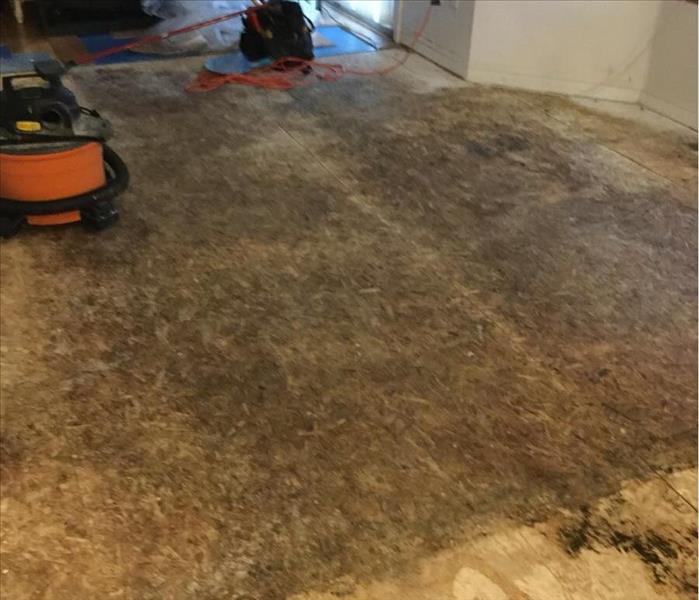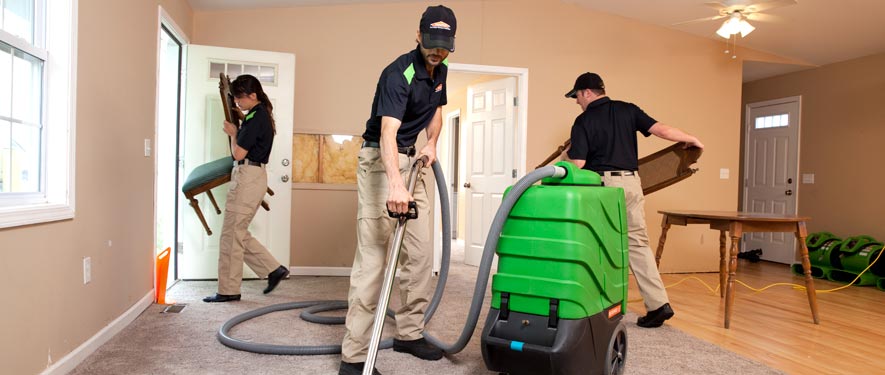Introduction
Water and fire damage can strike at any time, often leaving homeowners in a state of shock and confusion. Whether it’s a burst pipe flooding your basement or a kitchen fire, knowing how to respond is crucial. This Emergency Response Guide: What to Do When Water or Fire Damage Strikes will equip you with the knowledge and tools needed to handle these emergencies effectively. With the right information, you can minimize damage, ensure safety, and start the recovery process as swiftly as possible.
Understanding Water Damage
What is Water Damage?
Water damage refers to any destructive impact caused by water entering areas where it shouldn't be. This could be due to natural disasters, plumbing failures, appliance malfunctions, or even minor leaks that go unnoticed for too long.
Types of Water Damage
Clean Water Damage: This occurs when water from a clean source (like a broken pipe) causes damage. Gray Water Damage: Slightly contaminated water from sources such as washing machines or dishwashers. Black Water Damage: Highly contaminated water that poses serious health risks, often coming from sewage backups.Common Causes of Water Damage
- Burst pipes Roof leaks Flooding from heavy rains Overflowing sinks or bathtubs Appliance malfunctions (e.g., washing machines)
Signs of Water Damage in Your Home
Peeling paint or wallpaper Mold growth Musty odors Stains on ceilings or walls Warped floorsImmediate Steps After Water Damage Strikes
Safety First! Ensuring Your Safety
Before anything else, ensure that no electrical hazards are present and that it's safe to enter the affected area.
Turn Off Electricity and Water Supply
Shut off your main water supply and electricity to prevent further flooding and electrical accidents.
Document the Damage
Take photos of all affected areas for insurance purposes.
Emergency Response Guide: What to Do When Water or Fire Damage Strikes - Dealing with Specific Scenarios
Burst Pipe Scenario
Identify the Source
Locate where the pipe has burst and shut off the main water valve immediately.
Remove Excess Water
Use mops, towels, or wet vacuums to eliminate standing water.
Call Professionals
Contact a restoration company specializing in water damage.

Severe Storm Flooding Scenario
Evacuate if Necessary
If floodwaters are rising rapidly, prioritize your safety by evacuating if needed.
Document Everything
Capture https://sites.google.com/view/servpro-of-auburn-enumclaw/home photos before evacuating; they’ll be integral for insurance claims later.
Understanding Fire Damage
What is Fire Damage?
Fire damage encompasses both physical destruction from flames and secondary damages caused by smoke and soot.
Types of Fire Damage
Structural Fire Damage: Compromised integrity of walls, roofs, etc. Smoke Fire Damage: Lingering soot deposits affecting air quality. Water Fire Damage: Caused by firefighting efforts leading to dampness.Immediate Steps After Fire Damage Strikes
Assessing Safety Risks
Ensure that the building is structurally sound before re-entering after fire damage occurs.
Call for Help! Contact Emergency Services
https://www.google.com/maps/place/?cid=15555727342015030787Dial emergency services if necessary—never hesitate!

Document the Incident Thoroughly
Just like with water damage, document everything for insurance purposes!
Emergency Response Guide: What to Do When Water or Fire Damage Strikes - Mold Remediation Process
Understanding Mold Growth Post-Damage
Mold thrives in moist environments—especially after floods or fires where residual moisture lingers.
Identifying Mold Problems Early On
Look for visible signs like discoloration on walls or ceilings—act quickly!
Steps for Effective Mold Remediation
Isolate Affected Areas Use Protective Gear Remove Contaminated Materials Clean Surfaces Thoroughly Dry Everything Out Completely Monitor Air Quality Post-RemediationInsurance Considerations After Disaster Strikes
Understanding Your Insurance Policy
Read through your home insurance policy carefully—know what’s covered!
Filing Claims Effectively
Document all losses thoroughly; keep receipts for any repairs made immediately following the disaster.

FAQs About Emergency Responses for Water & Fire Damages
What should I do first after discovering water damage?- Turn off utilities and document everything before contacting professionals.
- Ensure affected areas are dried thoroughly within 24–48 hours post-damage.
- Only if it’s minor; otherwise, always consult professionals due to safety concerns.
- Homeowners’ policies generally cover both types but check specifics with your provider!
- Recovery time varies greatly based on severity; could take weeks/months depending on circumstances!
- Look for certified professionals with strong reviews—always ask about their experience!
Conclusion
In conclusion, being prepared is half the battle when dealing with emergencies like water and fire damages at home or workspaces alike! By following this comprehensive guide on what steps need taken during such crises—from immediate actions down through proactive prevention methods—you can navigate these challenging situations more effectively and efficiently! Remember that timely response not only mitigates further harm but also plays an essential role in ensuring safety while preserving property value over time! Stay informed because knowledge truly empowers us all against unexpected disasters!
This article serves as an extensive resource on handling emergencies related to water and fire damage effectively while emphasizing professionalism throughout recovery processes—all crucial aspects https://www.servproauburnenumclaw.com when life throws its worst challenges our way!